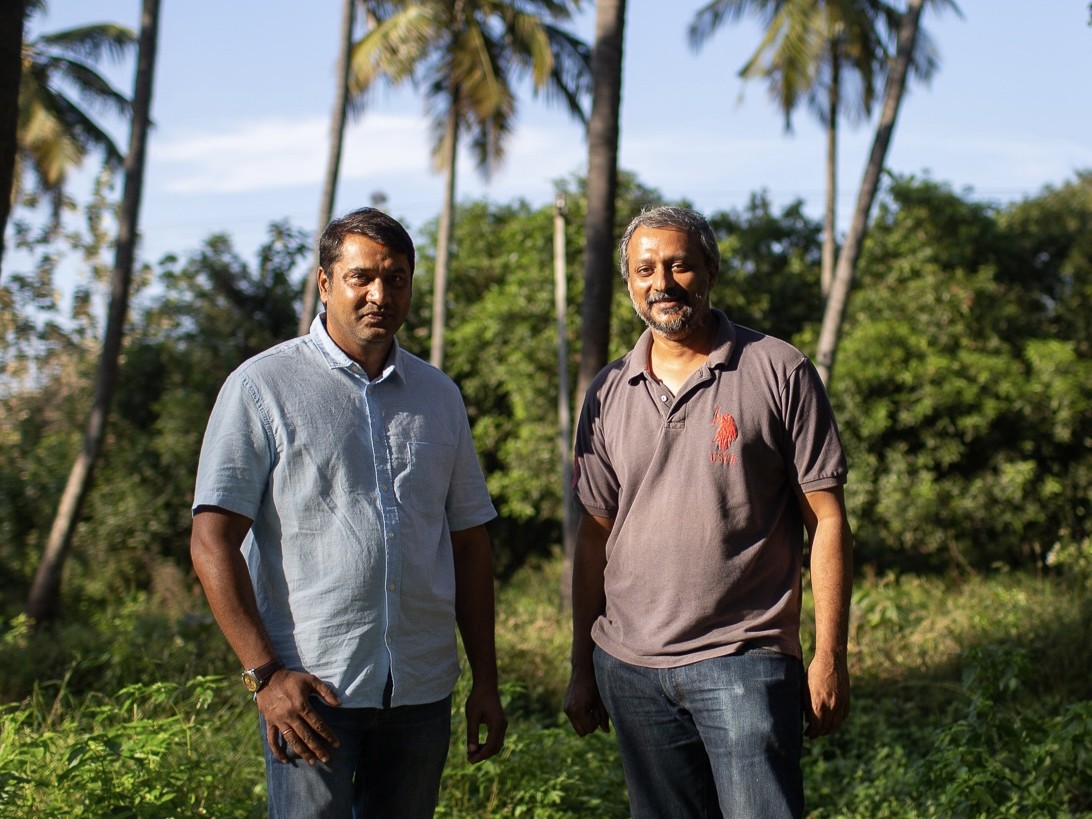This article was originally published on Locavesting.com
On a rainy evening in March, sixteen people gathered in a tucked away conference room in Brooklyn. Before the evening was through, they would decide among themselves a key rate of interest that would affect borrowers and investors across the country.
But this was no illicit cartel. There wasn’t a cigar-chomping banker in sight. The group—which included a grad student, a farmer, an Etsy executive, a Waldorf school official and a chocolate maker—were there for the quarterly pricing meeting held by RSF Social Finance, a non-profit financial institution that makes loans to socially-minded enterprises through its Social Investment Fund.
Rather than rely on interest rates set by Wall Street, RSF sets its own rate, called RSF Prime, through an unusual process that brings investors in the fund face to face with borrowers every three months to recommend a fair rate (currently 4.5 percent for borrowers) although RSF makes the final decision.
What happens in these pricing meetings often defies logic, at least as conventional economics would have it. After hearing from borrowers about the challenges they face in trying to carry out their social missions, many lenders agree to a lower interest rate so that these companies can succeed. And sitting among the people that lent them money, borrowers come to realize that, if they paid even slightly higher rates, RSF could attract more investors to its fund and make more loans.

by Amy Cortese


